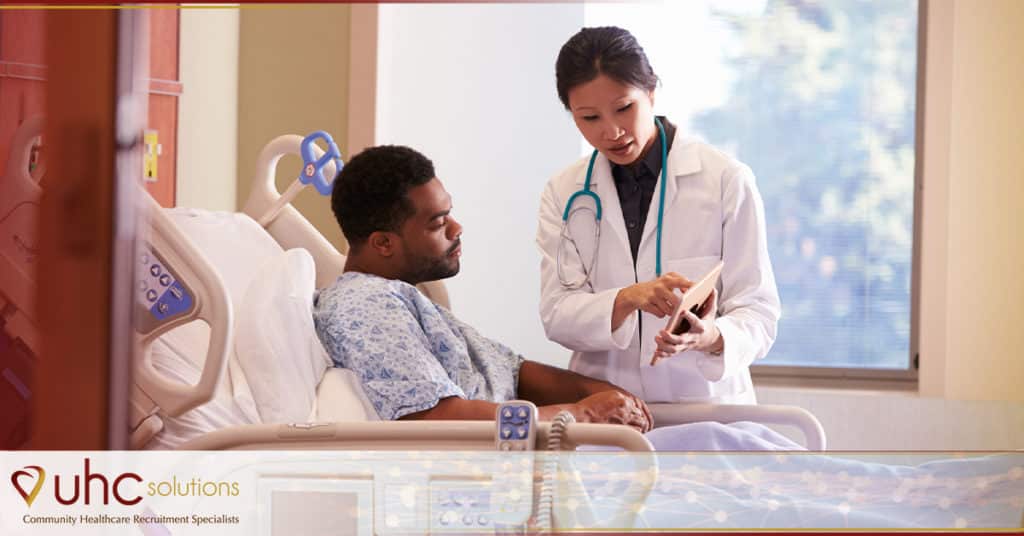The Center for Patient Safety suggests that medical mistakes, hospital-associated infections, adverse medication events, and even patient falls, all contribute to negative patient safety outcomes. While this is an area primary care, hospitals and medical providers continue to improve, we can accelerate our efforts by using technology to make a positive impact on patient safety. Here are three ways to improve patient safety with digital technologies.
Patient Safety and How Big Tech Can Help
According to the latest statistics, patient safety remains a big problem:
- 98,000 people die each year in hospitals from medical errors.
- 7 million hospital-associated infections occur inpatients each year, with 99,000 deaths.
- Adverse medication events cause 770,000 injuries a year and cost $5.6 billion.
Technology can help these numbers improve, while also balancing care workflows to improve efficiencies. As the shortage of healthcare providers will likely exacerbate the pressure medical professionals feel, the chances of mistakes could worsen.
While technology should not replace the human interactions between patients and providers, digital software combined with innovative hardware can help us improve patient safety. Here are three examples to consider:
Smart Beds
Smart beds are the latest in a series of digitally-connected and integrated patient tools to improve outcomes. These tools work with sophisticated nurse call platforms and the electronic medical record (EMR) to track data and alert teams to patient movement and can track vital signs, weight, or other health indicators. Smart beds are a way to monitor patients, even when the clinical team isn’t in the room. Healthcare Facilities Today suggests this sophisticated equipment can improve patient safety by giving a window into the patient’s room even when the clinical team can’t be there. The Hospitalist says the benefits of these tools include reducing medical mistakes because “Medical errors are generated because devices don’t talk to each other.” By integrating with other types of medical equipment, smart beds can break down interoperability issues and potentially save lives.
Automated IV Pumps
Automated IV pumps use software to control the dosages given to patients. We’ve seen these used with self-pumps, which allow patients to increase a controlled amount of pain medication as needed instead of waiting for a clinical provider. These tools can also cut down on IV changes that require healthcare teams to change out the IV bag. IV pumps for nutrition can automate feeding at the proper times for a more seamless treatment environment. But it is the automating of medication dosages that could directly impact adverse medication events in this country by removing the element of human error that contributes to negative outcomes. Like most automation, these tools free up nursing staff to apply their skills in other areas.
Wearable Devices
Wearable devices combined with mobile app software can improve patient care. Remote sensors can be worn by patients in their homes, with data on heart rates or blood sugar transmitted to a remote care provider. These tools can improve the continuity of care for patients after they leave the hospital, while also cutting down on the number of hospital readmissions. This is particularly helpful for monitoring patients with chronic care conditions or for post-surgical wound care. But these tools can also be used to improve overall preventative health, including tracking exercise or medication monitoring.
UHC Solutions works with FQHCs to improve their efficiencies and patient outcomes with better staffing. Talk to us about how we can help your team.




